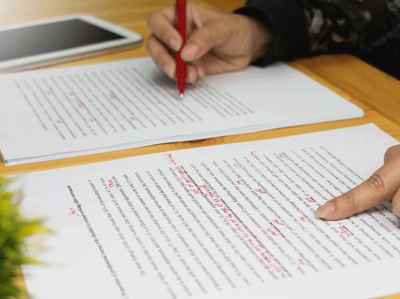How to spot fake scientists and stop them from publishing papers
Summary
Nature reports on how paper mills and impostors have created fictitious researchers and reviewers to game the peer-review system. The piece opens with the case of ‘Beatriz Ychussie’, a non-existent mathematician whose name appeared on several published papers. Investigations by Springer Nature found a network of 26 fake personas that helped a paper mill publish dozens of articles by supplying bogus authors and favourable reviews.
The article explains how identity fraud in scholarly publishing works: paper mills invent authors and reviewers, hijack real researchers’ identities, or create convincing institutional e-mail aliases to pass rudimentary checks. Publishers typically rely on trust and simple verification (such as institutional e-mails), but these checks can be bypassed.
Tools like ORCID provide a partial defence via persistent researcher identifiers and “trust markers”, but ORCID does not prove identity and can be gamed. The International Association of Scientific, Technical & Medical Publishers (STM) task force recommends a layered framework combining ORCID trust markers, vetted institutional sign-ins, and fallback checks (phone/video calls or identity documents) while warning against measures that might unfairly exclude legitimate researchers.
Key Points
- A paper mill created dozens of fake authors and reviewers to publish at least 55 mathematics papers across Springer Nature journals.
- Fictitious reviewers are often suggested by authors and can be used to secure favourable peer reviews, inflating a paper mill’s output and clients’ profiles.
- Impostors can impersonate real researchers and exploit institutional e-mail aliases to bypass basic checks.
- ORCID provides persistent identifiers and “trust markers”, but it does not verify identity on its own and can contain duplicate or fake accounts.
- Publishers are increasingly adopting layered identity checks: ORCID trust markers, institutional sign-in systems, vetted e-mails and, where necessary, phone/video verification or identity documents.
- Strong checks risk excluding unaffiliated researchers, early-career scholars and those in low- and middle-income countries, so any system must be flexible and equitable.
- The STM task force recommends a risk-and-trust framework rather than a single “silver-bullet” solution.
Why should I read this?
Quick and blunt: if you care about research credibility — whether you’re an editor, reviewer, funder or active researcher — this article tells you how fraud is being pulled off and what actually works to stop it. It’s a neat, compact steer on what to watch for and why simple e-mail checks aren’t enough. Saves you the headache of trawling multiple reports.
Context and relevance
This article matters because it highlights a growing threat to the integrity of published science: identity fraud and organised paper mills. As AI and online workflows make it easier to fabricate content and impersonate people, publishers, institutions and researchers must update verification practices. The piece is relevant to ongoing trends in research integrity — the move towards persistent digital identifiers (ORCID), publisher task forces, and layered verification frameworks — and underscores the trade-off between stronger checks and inclusive access for legitimate scholars worldwide.

